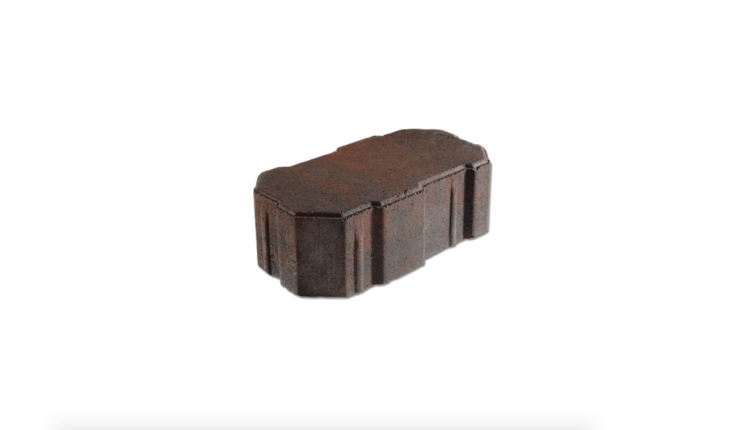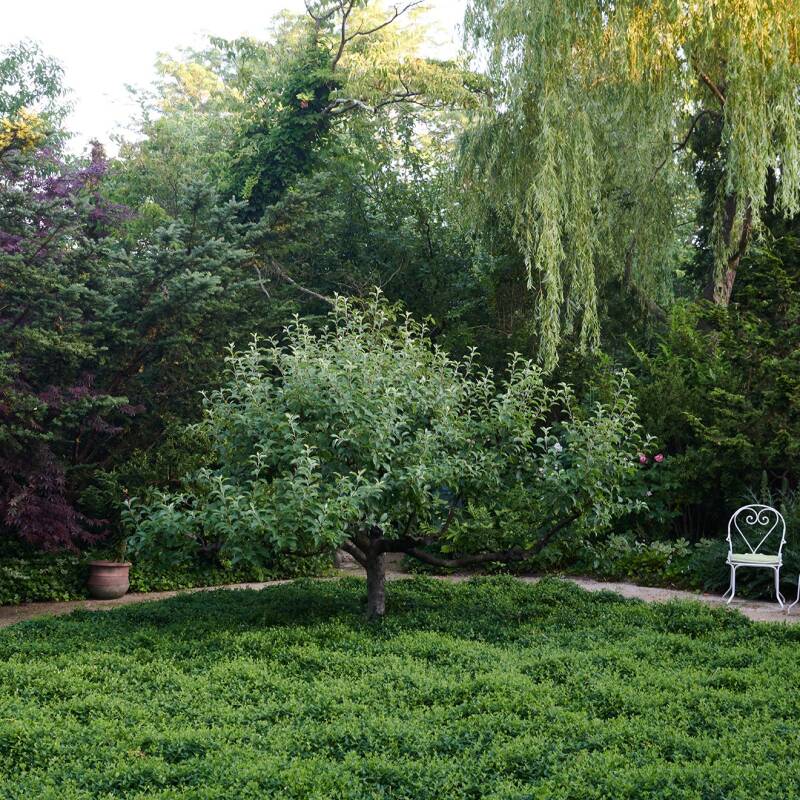Pavers have their own language: They can be porous, permeable, or pervious. All three types are designed with sustainability in mind, to filter rainwater and prevent runoff. So what’s the difference?
Permeable pavers typically have solid concrete surfaces and are meant to be laid with wide spaces between them on a bed of gravel or aggregate. Storm water collects in the joints and is absorbed into an underground base of gravel, which filters pollutants and prevents runoff.
Porous and pervious paving, in contrast, start filtering pollutants from rainwater as soon as the drops hit ground. Porous pavement, such as grass block pavers in which plants such as turf grass grow above a base of soil, gravel, or sand, typically is an interlocking grid system. Pervious pavers are made of compacted stone or gravel aggregate through which water can percolate.
If you’re looking for an environmentally friendly surface for a driveway, path, or patio, start with our picks for permeable pavers (and stay turned for an upcoming post on pervious pavements). Here are our choices for permeable pavers.











If you’re planning a hardscape project and looking for tips and materials, see our curated Hardscape 101 guides to Decks & Patios 101 and Pavers 101. To see how grass block pavers look after they’ve been installed, check out some of our favorite projects:
- Landscape Architect Visit: A Classic Lake Michigan Summer House by Kettelkamp & Kettelkamp
- Hardscaping 101: Design Guide for Patio Pavers
- Green Your Driveway with Permeable Concrete Pavers
For more paver choices, see our recent 10 Easy Pieces posts on Stone Deck Tiles, Nonslip Floor Tiles, Wood Flooring for Decks, and Grass Block Pavers.












Have a Question or Comment About This Post?
Join the conversation (0)